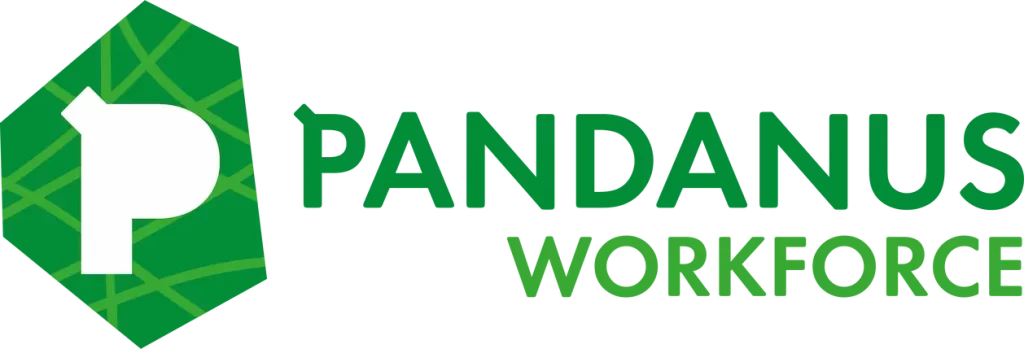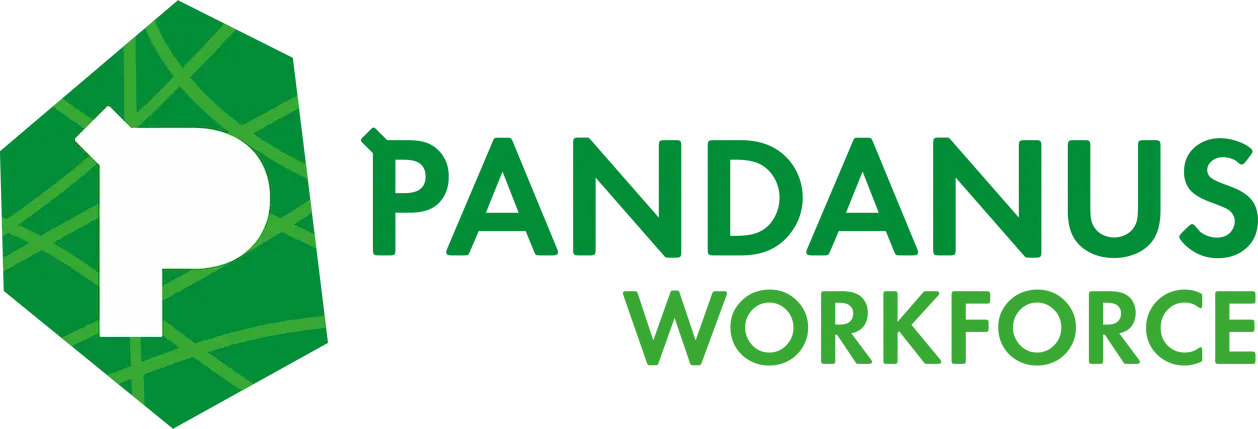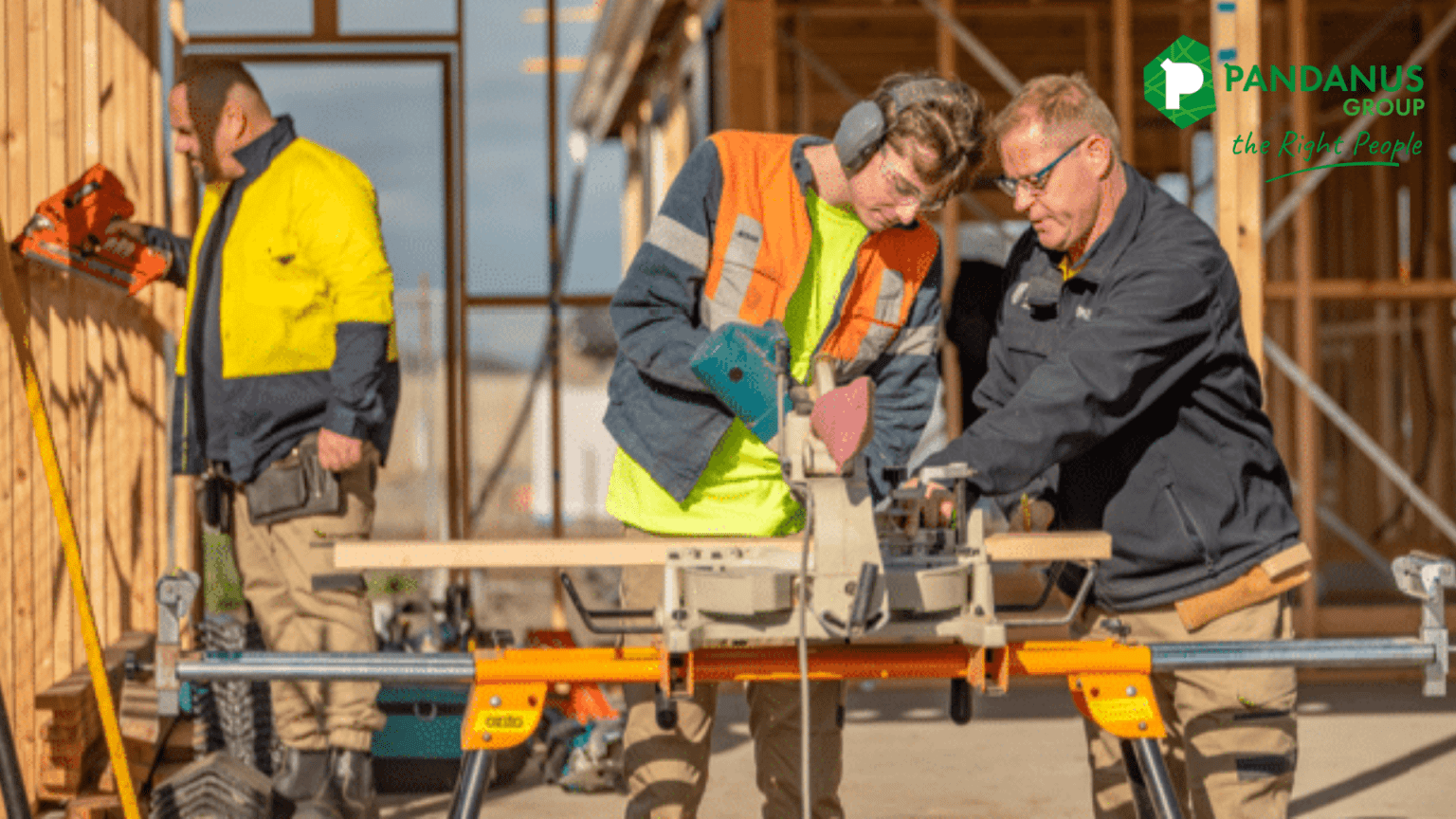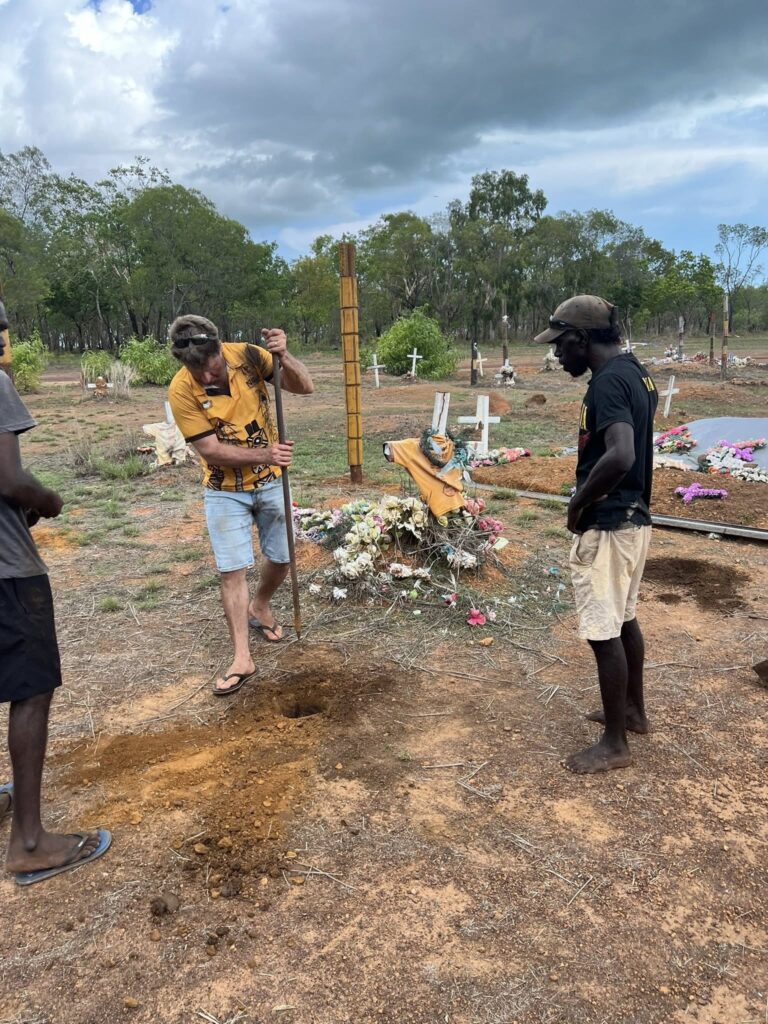In the construction industry, safety is not just a regulatory requirement; it is a core value that can make or break a company’s reputation and bottom line. Construction sites are inherently hazardous environments, where workers face numerous risks daily. Investing in a skilled managed workforce is vital for maintaining high safety standards and protecting employees on the job site.
The Importance of Safety Training
Safety training is an essential component of any construction operation. A well-trained workforce is crucial in recognizing and mitigating potential hazards. By equipping workers with the knowledge and skills needed to operate safely, companies can significantly reduce the likelihood of accidents and injuries. Here are several reasons why safety training is paramount:
- Fewer Accidents and Injuries: Properly trained workers are less likely to engage in unsafe practices. They understand the importance of using personal protective equipment (PPE), following safety protocols, and maintaining equipment correctly. As a result, a skilled workforce can lead to fewer accidents, reducing injury rates and improving overall site safety.
- Increased Compliance: The construction industry is governed by numerous regulations and standards designed to ensure worker safety. Skilled workers are more likely to adhere to these regulations, reducing the risk of legal issues and fines. Investing in safety training also demonstrates a commitment to compliance, enhancing a company’s reputation.
- Enhanced Morale and Productivity: Workers who feel safe and supported are generally more engaged and productive. When employees know their employer prioritizes their safety, it fosters a sense of trust and loyalty. A positive work environment contributes to higher morale, leading to better performance and productivity on-site.
The Role of Managed Workforce Solutions
Managed workforce solutions can play a pivotal role in enhancing safety standards in the construction industry. These solutions provide access to a pool of qualified and skilled workers who have undergone rigorous training programs. By partnering with a managed workforce provider, construction companies can ensure that they have a reliable and competent workforce on-site.
Key benefits of investing in skilled managed workforce solutions include:
- Access to Trained Professionals: Managed workforce providers typically invest in comprehensive training programs that focus on safety protocols and best practices. This means that workers supplied through these programs are better prepared to operate safely and effectively on construction sites.
- Ongoing Safety Training and Certification: Many managed workforce providers offer continuous training and certification programs to ensure that their workers remain updated with the latest safety regulations and practices. This commitment to ongoing education enhances the overall safety culture on construction sites.
- Customized Safety Solutions: Managed workforce providers can tailor their workforce solutions to meet specific project requirements. This customization includes ensuring that workers possess the necessary certifications and training for specialized tasks, further enhancing safety.
Case Study: MNO Engineering
MNO Engineering, a mid-sized construction firm, faced significant challenges with high accident rates on their job sites. Recognizing the need for change, management decided to partner with a managed workforce provider that emphasized safety training and compliance.
Through their partnership, MNO Engineering implemented comprehensive safety programs that included:
- Pre-Job Safety Briefings: Workers received safety briefings before starting any project to address specific risks and necessary precautions.
- Hands-On Training: The managed workforce provider conducted hands-on training sessions, allowing workers to practice safety measures in a controlled environment.
- Regular Safety Audits: Frequent safety audits were conducted to identify potential hazards and assess compliance with safety standards.
As a result of these initiatives, MNO Engineering experienced a remarkable 60% reduction in workplace incidents within a year. Workers reported feeling safer and more engaged, which led to improved productivity and morale on the job site. This case highlights the importance of investing in skilled managed workforce solutions to enhance safety and create a positive work environment.
Conclusion
Investing in a skilled managed workforce is essential for ensuring site safety in the construction industry. By prioritizing safety training and compliance, construction companies can protect their employees, enhance productivity, and reduce liability risks. In an industry where the stakes are high, a commitment to safety is not just good practice; it is a business imperative.
The construction industry must embrace the importance of safety and recognize that investing in a skilled managed workforce is not merely a cost but a strategic investment in the well-being of employees and the success of the organization. By fostering a culture of safety and prioritizing the well-being of workers, companies can build a reputation as industry leaders committed to excellence.






